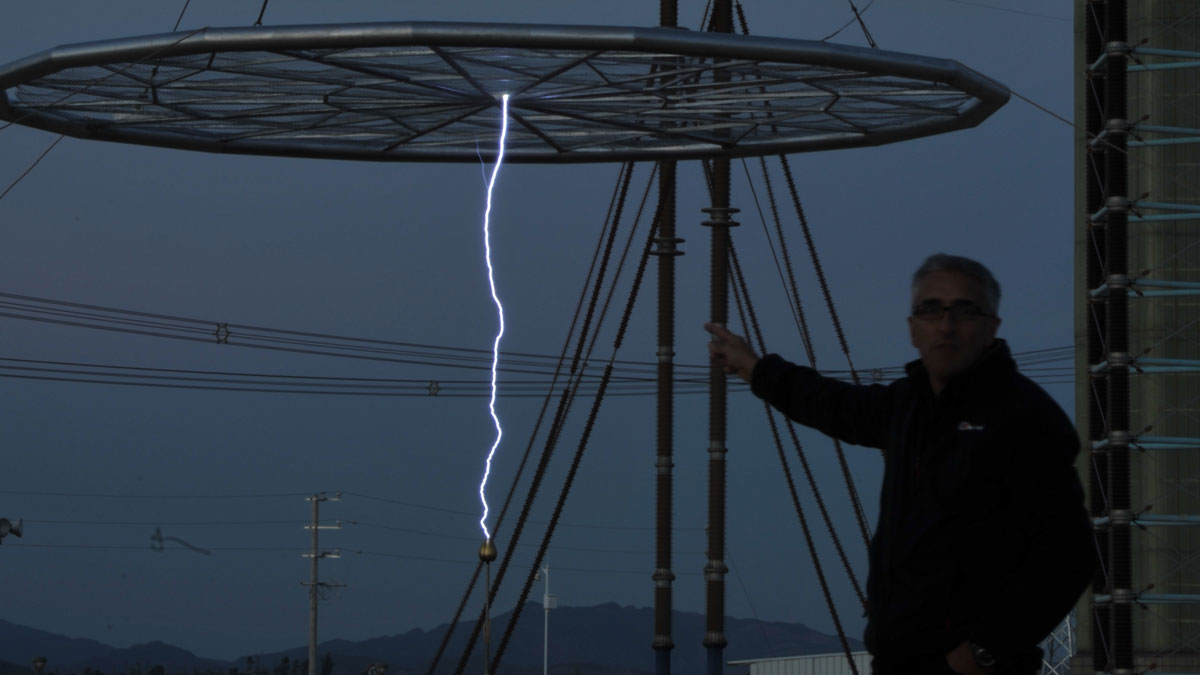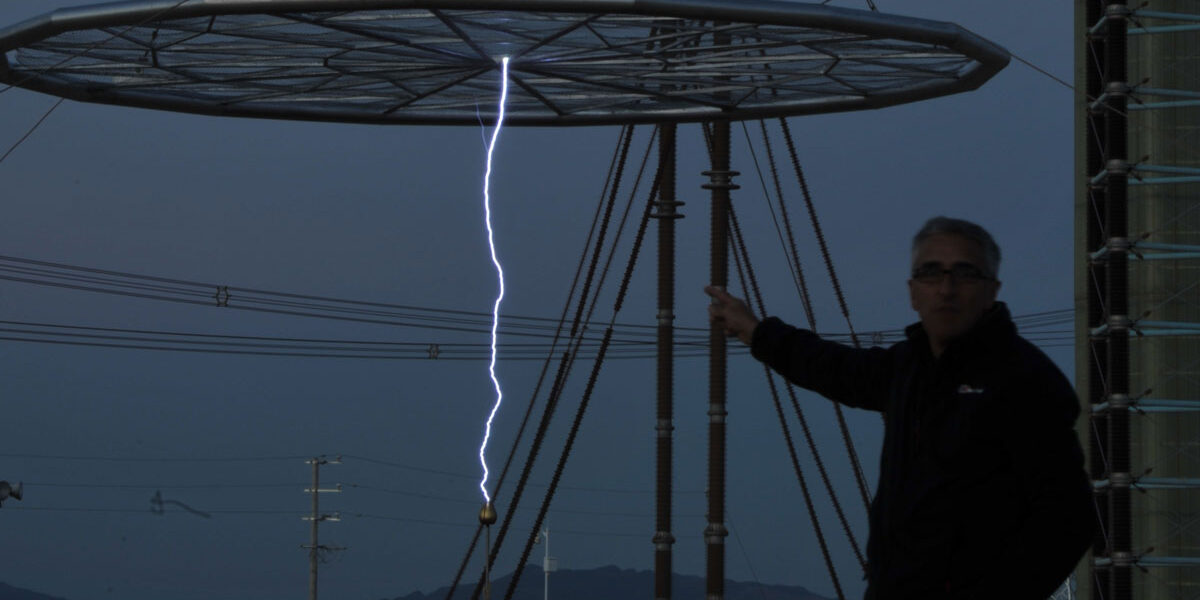Lightning Protection International (LPI)
Smart coatings for the next generation of lightning strike protection devices

Research partner
Swinburne University of Technology
Total Project Value (AUD)
$1,256,730
IMCRC Funding (AUD)
$194,324
Start date
01/06/2020
Duration
2.3 years
Lightning protection devices, commonly called air terminals, are positioned on the top of buildings and other structures to prevent them from sustaining damage during electrical storms by capturing the lightning stike. But because they are installed outdoors, the devices often get coated in a layer of pollution and dirt that can impact their performance (much like insulators in high voltage facilities).
In 2020, leading manufacturer of protection devices, Lightning Protection International Pty Ltd (LPI), partnered with Swinburne University of Technology to develop a self-cleaning product. With co-funding from IMCRC, the project explored different chemical compositions to create a sprayable coating for the device that repelled surface contaminants.
“Our project had two key goals. We needed to ensure the coating was functional, and we needed it to be something that could be easily and cost-effectively applied by LPI using conventionally available technology,” said Dr Hannah King, Postdoctoral Research Fellow at Swinburne University.
“At the start of the project, we were lucky enough to visit LPI’s factory in Tasmania. Having insight into how the devices were manufactured ensured we could more seamlessly integrate our science into LPI’s production.”
For Hannah, another key factor that shaped the project was IMCRC’s input.
“IMCRC was more than a financial partner. The team were able to provide their unique insights and expertise in research and manufacturing to help guide the project,” she said.
The research was a success, and despite some delays due to COVID-19, delivered a functional coating that is set to optimise the performance of LPI’s lightning protection devices.
“We’re currently testing the coated device in Europe using simulated lightning. It’s early days, but the results look promising, and we’re hoping to move onto commercialisation later this year,” said Franco.
Franco added that because of its industry-led approach, IMCRC facilitated a project that delivered a commercially viable outcome.
“LPI is competing with companies globally, so cost is a big factor in our decision-making. Because of IMCRC’s strong focus on commerciality, we avoided avenues of research that were not cost-competitive, which can be atypical of university research.
“I think that’s the key to a successful collaboration. Both the research and industry partners need to consider each other’s needs and be ‘hands-on’ from the outset.”

The whole project, and especially the management of it, was straightforward. Swinburne and IMCRC were very supportive of our needs and requirements.
Dr Franco D’Alessandro
Chief Technology Officer, LPI

